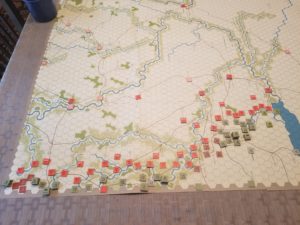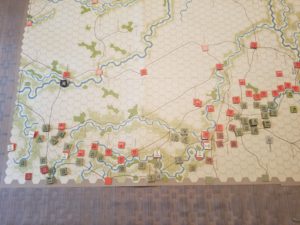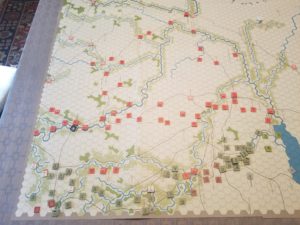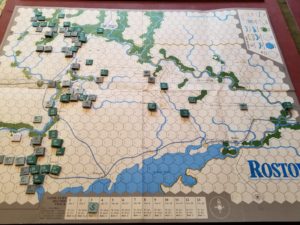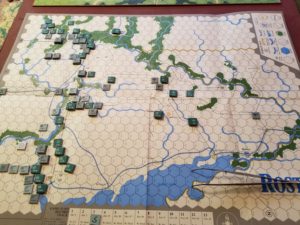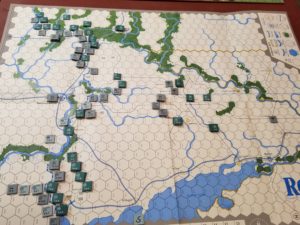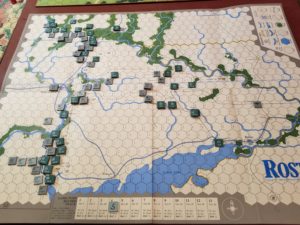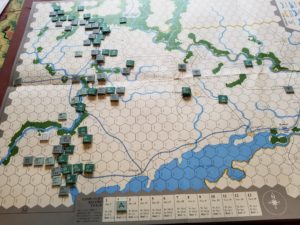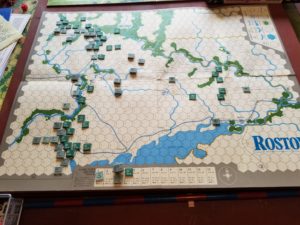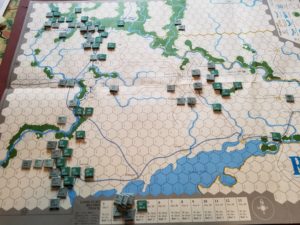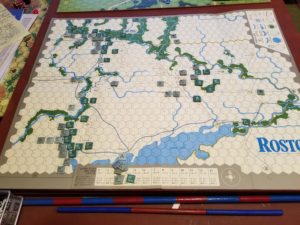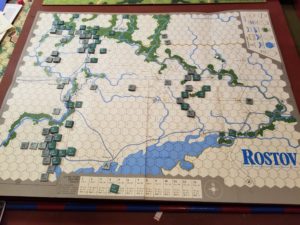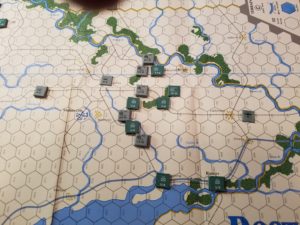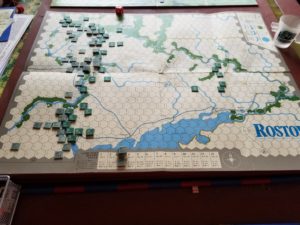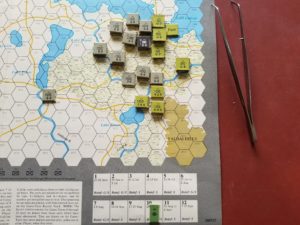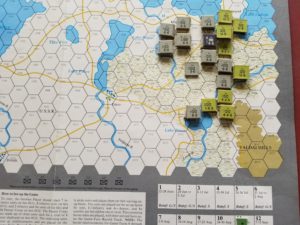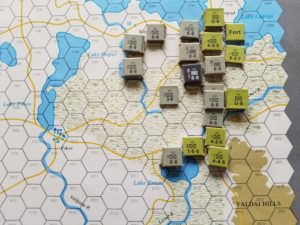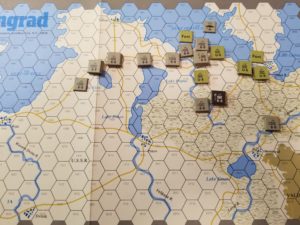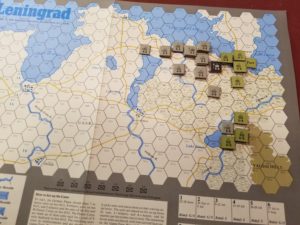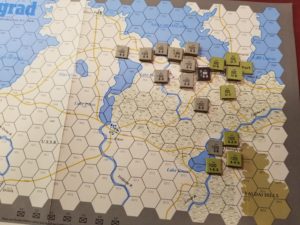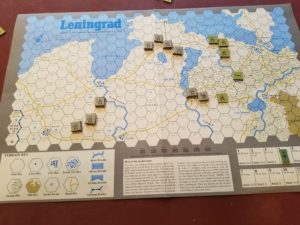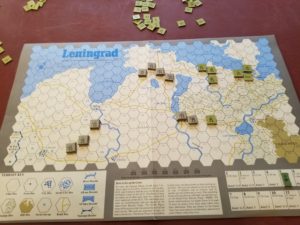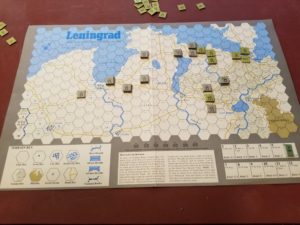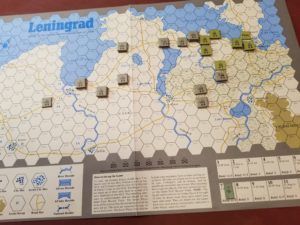Lots of mixed opinions on this game, with the negative a little on the harsh side.
Special rules make Drive on Stalingrad different from its PGG predecessors. For the Axis player, these rules reflect the overarching goal of securing oil resources in the south, Hitler’s operational interference, and competing manpower requirements at Leningrad. For the Soviets, the rules reflect Stalin’s directives and political considerations. Failure to adhere to these special rules results in either a loss of victory points or units.
Most of the on-line discussion centers around the “Hitler Directives” rules. At the beginning of each turn, the German player roles a single die. On an “odd” result, the Directive Table is consulted. These directives involve operational priorities and troop dispositions. A directive remains in effect until it is superceded by another directive.
Hitler’s impact is also reflected in “No Retreat” orders, and the imperative to capture cities. Failure to adhere to these guidelines results in a loss of victory points.
Another Axis operational constraint is “Divisions Across The Don”. If the number of divisions exceeds those called for by the current Hitler Directive, then those divisions are removed for use on other fronts.
The Axis Commander is also limited in the number of mechanized divisions allowed on the north map. If this number is exceeded, these excess divisions are removed.
Both Soviet and Axis players must maintain “Continuous Fronts” on the South map, in which each hex must be occupied by a unit or a zone of control. If not, victory points are lost.
The Soviet player may withdraw from enemy zones of control during a turn, but loses victory points. And, the Soviet player must defend East of the Don River, or lose victory points.
Sure, these rules effect how the game is played; but they are part of the game. Without these rules, the game wouldn’t exist within any historical context. Frustrating, yes. Maybe in this regard, it can be considered a simulation. Axis and Soviet commanders were influenced by higher leadership, and these influence/interference directly effected operations.
Flawed? That’s always a matter of perspective and, even, taste. For me, its flaws are fewer than many games I’ve played.
